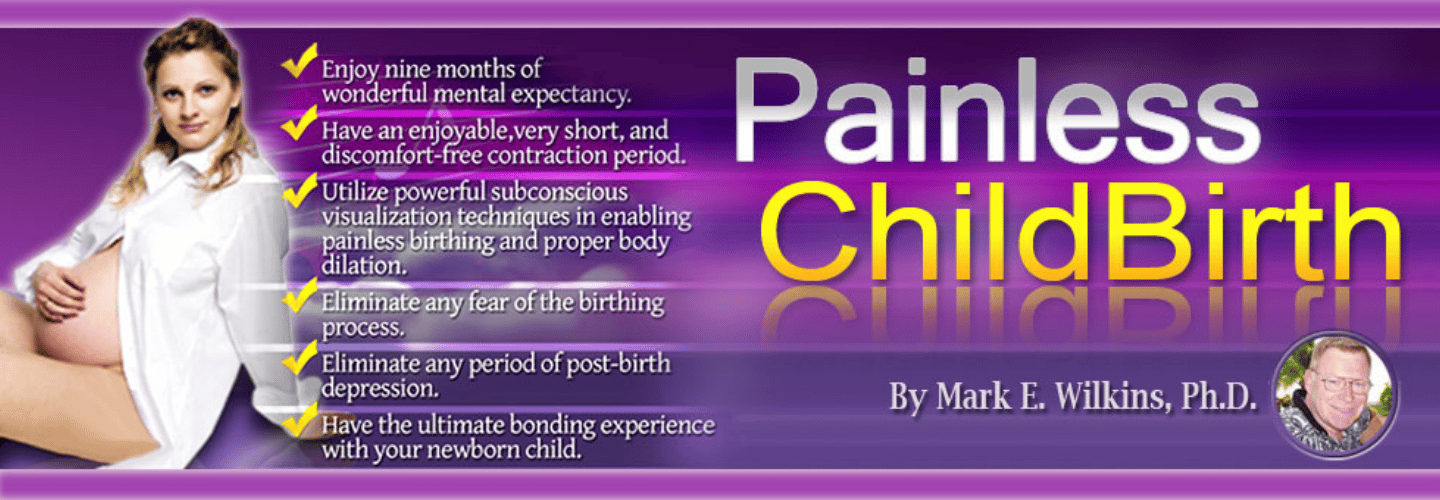
Labor pain, a complex and highly individual experience, involves not only the physical sensations of childbirth but is also greatly influenced by psychological and environmental factors. Techniques for managing this pain range from medical interventions like epidurals to natural methods such as hypnosis and water births. Each method addresses the multifaceted nature of labor pain, aiming to provide comfort and empowerment to the mother. For those intrigued by how these methods contribute to alleviating labor pain, continued exploration can offer deeper insights.
Key Takeaways
- Labor pain varies greatly among individuals, influenced by psychological, emotional, and physical factors.
- Preparation, including knowledge and relaxation techniques, can significantly affect pain perception during labor.
- Modern pain management methods range from epidural analgesia to natural techniques like hypnosis and water births.
- Psychological impacts of labor pain can be profound, affecting emotional well-being and postpartum recovery.
- Support systems and personalized pain management strategies are crucial for a positive childbirth experience.
The Nature and Intensity of Labor Pain
Labor pain, characterized by its highly variable intensity and nature, is a crucial aspect of childbirth. This pain is not merely a physical sensation but deeply intertwined with psychological elements that influence pain perception.
Individual labor experiences vary widely; some women report intense discomfort while others describe it as manageable. Factors such as emotional state, preparation, and environment can considerably affect these experiences.
Understanding the multifaceted nature of labor pain not only helps in preparing expectant mothers but also in shaping approaches to pain management that are empathetic and tailored to the unique needs and perceptions of each woman undergoing labor.
Modern Methods for Managing Labor Pain
As medical science advances, an array of modern methods for managing labor pain has emerged, offering women various choices to ease their childbirth experience.
These options range from medical interventions to natural techniques, tailored to individual preferences and medical conditions.
- Epidural Analgesia: Administered by anesthesiologists, this method provides effective pain relief while allowing some mobility.
- Breathing Techniques: Controlled breathing helps manage pain through focus and relaxation.
- TENS (Transcutaneous Electrical Nerve Stimulation): Uses electrical impulses to reduce pain perception.
- Water Birth: Warm water immersion aids in relaxation and pain relief during labor.
Hypnosis and Its Role in Painless Childbirth

Why are more women turning to hypnosis for a painless childbirth experience?
Hypnosis techniques in childbirth are rooted in mental conditioning, which prepares the mother's mind to manage pain through deep relaxation and positive visualization. This method leverages the brain's ability to influence perception and physical response to pain.
By cultivating a calm and controlled mental state, hypnosis effectively reduces anxiety and enhances the mother's coping mechanisms during labor. The practice not only fosters a tranquil birth environment but also protects the infant from potential risks associated with pharmacological interventions.
As awareness grows, more women are embracing this natural approach to childbirth.
The Psychological Impact of Labor Pain
Understanding the efficacy of hypnosis in pain management leads us to contemplate the broader psychological impact of labor pain on a mother's mental health. The experience of labor can profoundly affect a woman's psychological state. Effective fear management and emotional resilience are vital in traversing this transformative phase.
- Anticipation and Anxiety: Fear of pain can trigger significant anxiety, impacting mental well-being.
- Trauma and Memory: Intense pain without coping strategies might contribute to traumatic memories.
- Emotional Resilience: Building resilience can mitigate negative psychological impacts.
- Postpartum Recovery: Psychological distress during labor can influence the recovery period, affecting bonding and caregiving.
Strategies for Achieving a Positive Childbirth Experience

To foster a positive childbirth experience, it is essential to implement strategies that support both the physical and emotional well-being of the mother.
Effective breathing techniques can considerably alleviate labor pain, promoting relaxation and focus during contractions.
Additionally, robust support systems, including healthcare providers, family, and childbirth educators, play an important role. They not only offer practical assistance and comfort but also empower the mother through emotional encouragement and information.
Such strategies, when combined, create an environment conducive to a positive birth experience, reducing stress and enhancing the mother's capacity to manage pain effectively.
Frequently Asked Questions
What Cultural Factors Influence Perceptions of Labor Pain?
Cultural beliefs and media representations greatly shape perceptions of labor pain. Societal norms and depicted childbirth scenarios influence individual expectations and experiences, impacting how pain is mentally processed and physically managed during labor.
How Does Labor Pain Differ With Different Birthing Positions?
Labor pain varies with different birthing positions, which can influence comfort and pain relief. Upright positions may reduce intensity and duration of pain, while supine positions can increase discomfort and labor length.
Can Prenatal Yoga Influence Labor Pain Intensity?
Prenatal yoga, a bridge between mind and body, may reduce labor pain intensity. Incorporating mindfulness practices and breathing techniques, it fosters relaxation, potentially easing childbirth discomfort through scientifically supported, empathetic approaches to pain management.
What Are Historical Approaches to Managing Labor Pain?
Historical approaches to managing labor pain included various ancient remedies and techniques, such as herbal medicines, massage, and application of heat. These methods reflect early attempts to provide relief during childbirth, emphasizing natural pain management strategies.
How Do Socioeconomic Factors Affect Access to Pain Management Options?
Socioeconomic factors greatly influence access to pain management during labor, with healthcare disparities and financial barriers limiting options for many. Wealthier patients often have greater access to advanced pain relief methods.
Conclusion
In summary, the journey of childbirth, while marked by profound physical challenges, can be navigated with grace through modern pain management techniques and psychological resilience. Hypnosis and relaxation methods not only soften the edges of labor's intensity but also enhance maternal and neonatal well-being. Embracing a well-prepared mental state transforms this formidable experience into a more positive passage, highlighting the power of informed, compassionate approaches in the domain of maternal care.




